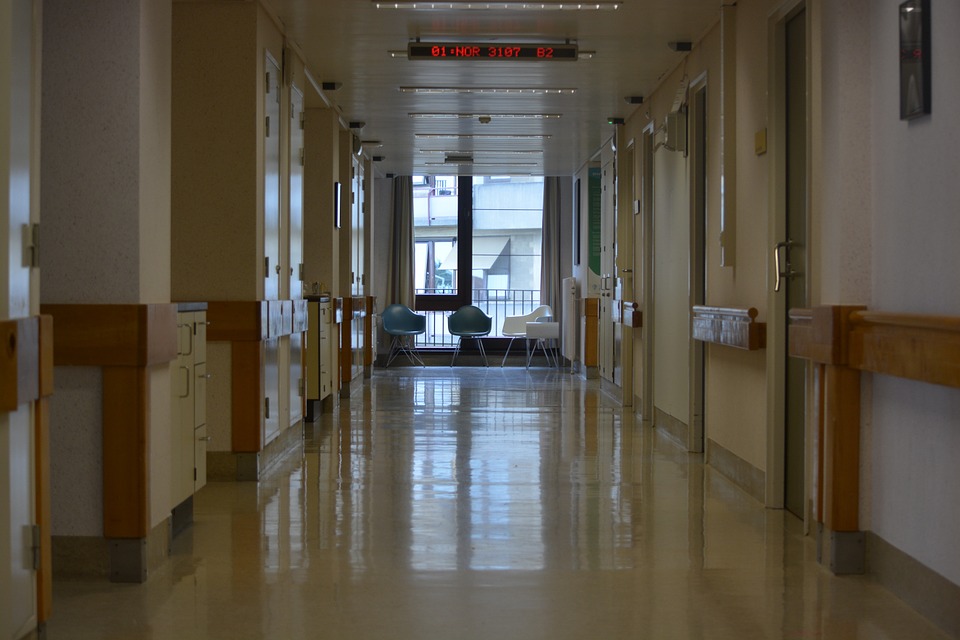According to the Health Information and Quality Authority (HIQA), the Irish health system is under unprecedented strain as it continues to see an increasing number of patients presenting to emergency departments (EDs) which is significantly higher than in previous years.
These issues include ineffective patient flow, limited bed capacity, reduced access to community services and insufficient staffing levels, which continue to cause overcrowding in Irish emergency departments.
Today, HIQA has published an overview report of its monitoring programme against the national standards in seven emergency departments in 2022.
Throughout 2022, HIQA commenced a new monitoring programme of inspections in healthcare services against the National Standards for Safer Better Healthcare.
As part of the initial phase, HIQA’s core assessment in emergency departments focused on key standards relating to governance, leadership and management, workforce, person-centred care and safe and effective care.
HIQA’s Director of Healthcare, Sean Egan said: “Findings from this new programme of inspections, continues to highlight that overcrowding in emergency departments compromises the dignity and respect of patients, and poses a risk to health and safety of patients. Improvements are needed to ensure that there is a balanced approach to the daily operational management of patient flow, capacity and appropriate staffing, which is clearly linked to patient safety and activity.”
Through the inspection findings, HIQA has identified four key areas for both immediate and longer-term attention to address safety issues in our emergency departments. These are;
? The need to continue to urgently build additional capacity within the whole healthcare system, both acute and community
? More responsive leadership, governance and management arrangements at local, regional and national level which acts to address performance issues when identified
? A more effective approach to strategic workforce planning to better anticipate and manage shortages
? More effective identification, monitoring and management of patient safety risks associated with overcrowding in emergency departments.
Sean Egan continued: “The Irish healthcare system remains challenged by bed capacity and workforce shortages, and access and capacity issues in primary care.
Emergency department overcrowding and insufficient access to acute and primary services will continue to occur unless a system-wide approach is taken to address major structural concerns and respond to, rather than continuing to tolerate or normalise, this problem. Delivering care in overcrowded and understaffed environments poses a significant risk to the provision of safe, quality, person-centred care. It is for this reason that urgent efforts to progress whole system change to our health service must be progressed.”
